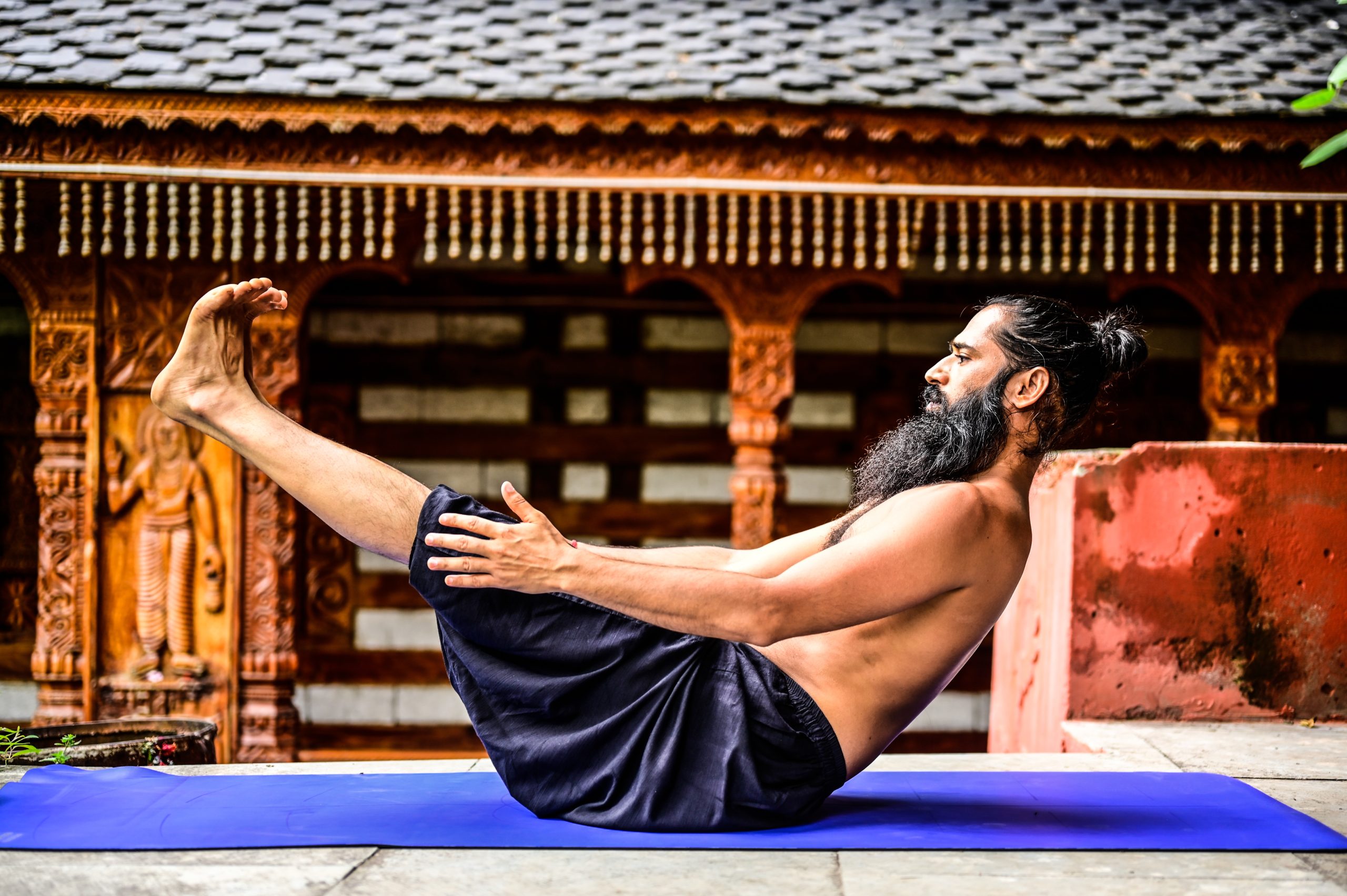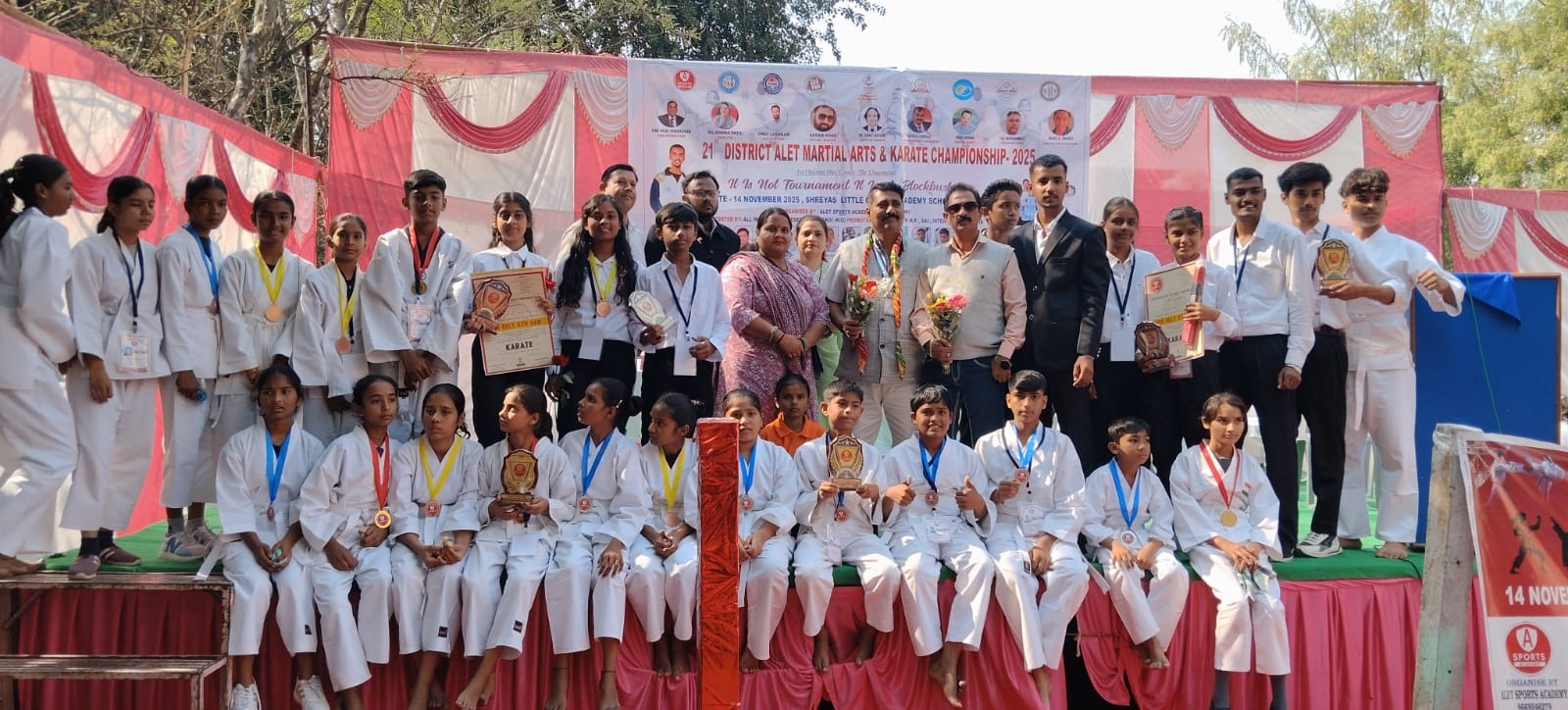
- Himalayan Siddha Akshar, Author, Columnist, Founder – Akshar Yoga Center
In the world of competitive sports and sports excellence, small gains often define the difference between victory and defeat. As athletes seek a holistic approach to improve performance, prevent injuries and maintain longevity, yoga has emerged as a transformative tool. Yoga balances physical fitness and mental flexibility. Rooted in ancient Indian ethics and refined by Himalayan yogic traditions, yoga offers a comprehensive approach that complements every sport – from running and swimming to football, cricket and martial arts.
Beyond Flexibility: The Science Behind Yoga and Sports
Contrary to the common perception of seeing yoga as just a stretching routine, it is a multifaceted discipline that includes postures (asana), breath control (pranayama), mental focus (dharana) and mindfulness (dhyana). These elements work together to enhance an athlete’s strength, mobility, focus, balance, coordination, and recovery.
For example, asanas like Virabhadrasana (Warrior Pose) and Navasana (Boat Pose) improve core stability and muscular endurance. At the same time, Adhomukha Svanasana (Downward Dog) increases spinal extension and hamstring flexibility – both of which are important for sports like tennis, basketball, and track events. Unlike traditional strength training, yoga develops functional strength without overloading joints or compromising mobility, making it an ideal option for high-performance athletes.

Injury prevention through body awareness and alignment
One of yoga’s most important contributions to sports is injury prevention. Most sports injuries are caused by overuse, poor posture, muscle imbalances, or inadequate recovery. Yoga addresses these root causes by increasing body awareness, aligning the skeletal system, and balancing opposing muscle groups.
Regular yoga practice helps to identify compensatory patterns – such as over-reliance on dominant limbs – and corrects them through symmetrical movements and engagement. Asanas such as Trikonasana (Triangle Pose) and Setu Bandhasana (Bridge Pose) increase waist and shoulder alignment, reduce stress on the lower back, and maintain joint integrity.
Furthermore, the emphasis on controlled breathing helps the autonomic nervous system remain calm under stress. Pranayama reduces fatigue in athletes, improves oxygen efficiency, and promotes faster recovery after activity. Yoga thus serves as a preventative and restorative tool, especially valuable during off-season training or rehabilitation after injury.
Mental State: The Inner Game of Sports
Top performance in sports is not only physical, it is also profoundly mental. Focus, clarity, and emotional balance are as important as strength and speed. Yogic meditation and breathing increase mental agility, reduce anxiety, and develop the laser-like concentration required for high-level competition.
In the Himalayan yogic lineage, mental mastery is considered the true foundation of physical excellence. Techniques such as trataka (gazing meditation), nadi shodhana (alternate nostril breathing), and silent meditation enhance nervous system coordination, reaction time, and emotional regulation. These tools are especially beneficial in pressure situations—whether it’s a penalty kick or the final over of a cricket match.
A Sustainable Future for Athletes
What makes yoga unique is its sustainability. Intense sports training can lead to burnout or early retirement, but yoga supports long-term health and career longevity. It’s no wonder that elite athletes—from Olympic gold medalists to professional footballers—include yoga in their daily routines.
By incorporating yoga into sports training, athletes do more than stretch—they evolve. They develop flexibility, recover more quickly, move more efficiently, and compete with a calm but fierce mindset.
In short, yoga is not a supplement to athleticism – it is its soulful companion, ensuring that performance is not only powerful but purposeful and sustainable.



